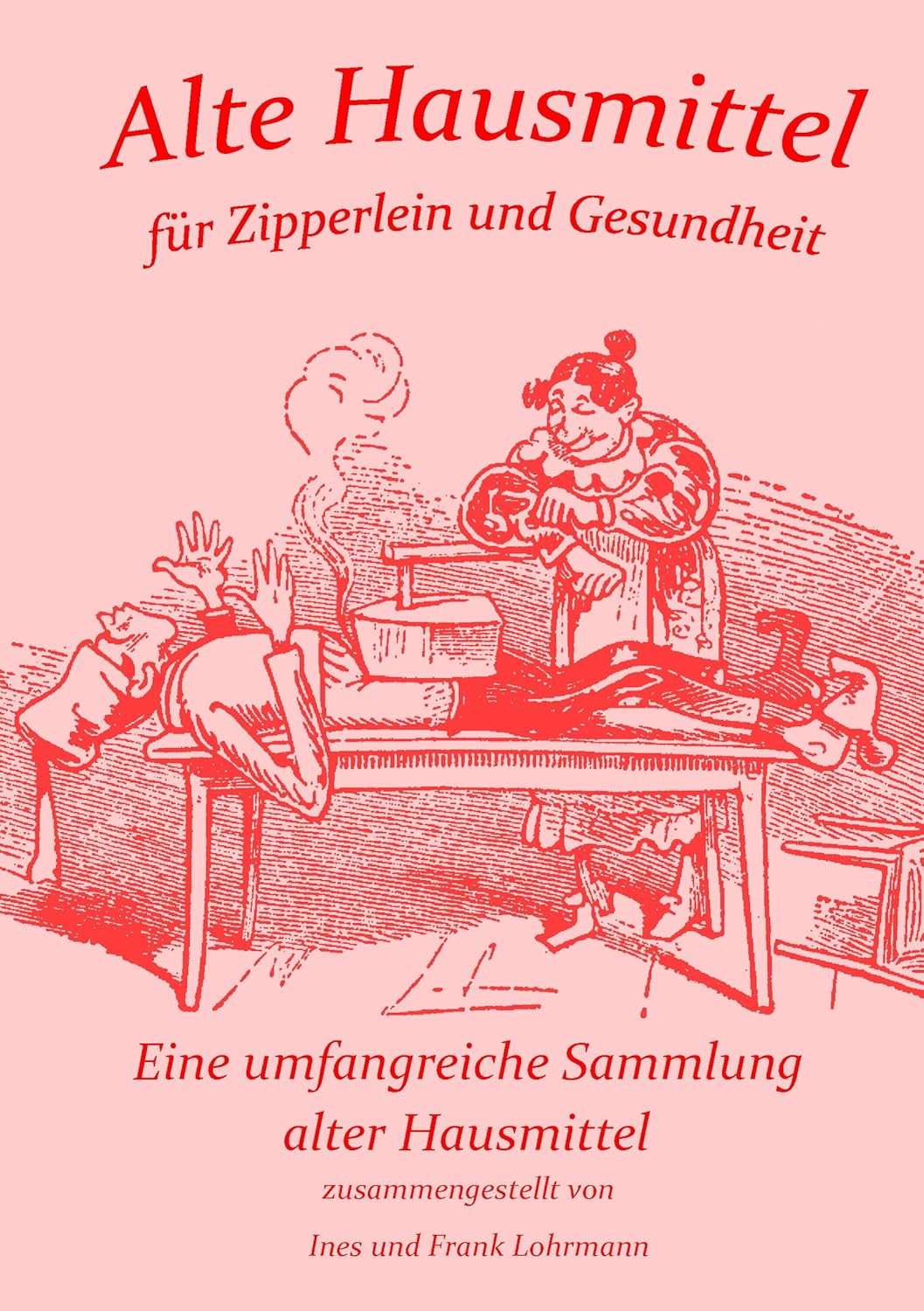Unsere Facebook-Gruppe: Heilpflanzen als Medizin
: - Thelocactus hexaedrophorus (Lem.) Britton & Rose

Synonyme :
Echinocactus hexaedrophorus f. major (Quehl) Schelle
Echinocactus hexaedrophorus var. decipiens A.Berger
Echinocactus hexaedrophorus var. major Quehl
Echinocactus hexaedrophorus var. subcostatus Salm-Dyck
Echinocactus insculptus Scheidw.
Echinofossulocactus hexaedrophorus (Lem.) Lawr.
Thelocactus hexaedrophorus var. major (Quehl) Y.Itô
Stengel bzw. Stamm: blau- oder graugrün, bis ca. 15 cm hoch und breit, am Scheitel wollig; Rippen ca. 13, ganz in große, ± sechsseitige plumpe Höcker aufgelöst, diese dicht aneinanderstehend; Areolen 2—3,5 cm entfernt, rückwärts verlängert; Randstachel 6 bis 9, ungleich, abstehend, 11—18 mm lang, gerade; Mittelstachel 2—3 cm lang, kräftiger, aufrecht; alle Stacheln gelblich bis graurosa oder braunrot, ± fein geringelt
Blüte: ca. 6 cm lang und bis 8 cm breit; Ovarium mit einigen breiten, gefransten Schuppen; Röhre kurz, beschuppt; Sepalen ± rosarot bis bräunlich, weiß gerandet; Petalen weiß, fein gezähnelt, bis 4,5 cm lang, 6 mm breit; Staubfäden krem; Griffel krem; Narben ca. 8, gelblich.
Vorkommen: Mexiko
1 Bild(er) für diese Pflanze
Thelocactus hexaedrophorus © douneika @ Italy |
Abmessungen:
Frucht Größe:
Samen Größe:
Wuchsform
Blütezeit
Pflanze Jährigkeit
Haare
Blätter
Blütenstand
Blüten
Früchte
Verbreitung
 Nordamerika
Nordamerika  Südamerika
Südamerika  Previous
Previous


